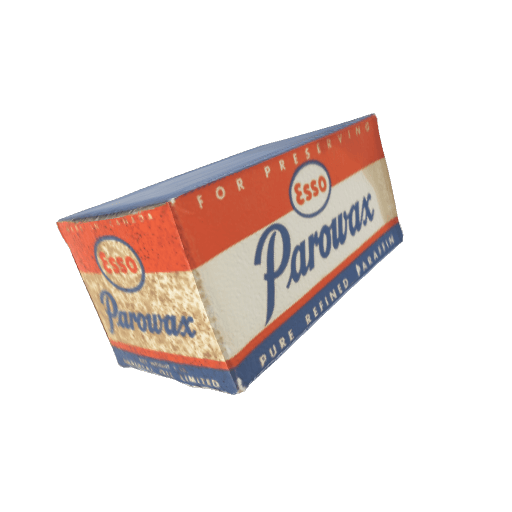Paraffin
Paraffin is a white or transparent wax produced by refining or distilling petroleum. Created in 1830 by the German chemist Carl Ludwig von Reichenbach, it was first marketed in 1867 in the wake of the development of the oil industry. Produced by the American company Esso (Standard Oil Company), the Parowax brand dominated the North American market for most of the 20th century.
Easily malleable under heat, lubricating and water resistant, paraffin fulfills various functions in the domestic economy: washing and ironing clothes, or plucking poultry. Its main use, however, is for sealing jars of preserves. When poured hot over jam or jelly, paraffin cuts off contact with the air and prevents fermentation or molding of the food in the jars. Paraffin is also used to make candles, wax paper, cosmetics, and for various mechanical and artistic purposes.
Since it does not give off any unpleasant odour or combustion residue, it quickly replaces tallow in the manufacture of candles.
References
Date: First half of the 20th century
Origin: North America
Owner: Magasin général historique authentique 1928. Percé.
Sources:
Paraffin wax. (n.d.) In Encyclopedia Britannica. Retrieved July 20, 2022, from https://www.britannica.com/science/paraffin-wax
Kosalko, G. F. (2020, August). The Whiting Candle Factory. Whiting-Robertsdale Historical Society. https://www.wrhistoricalsociety.com/the-whiting-candle-factory
